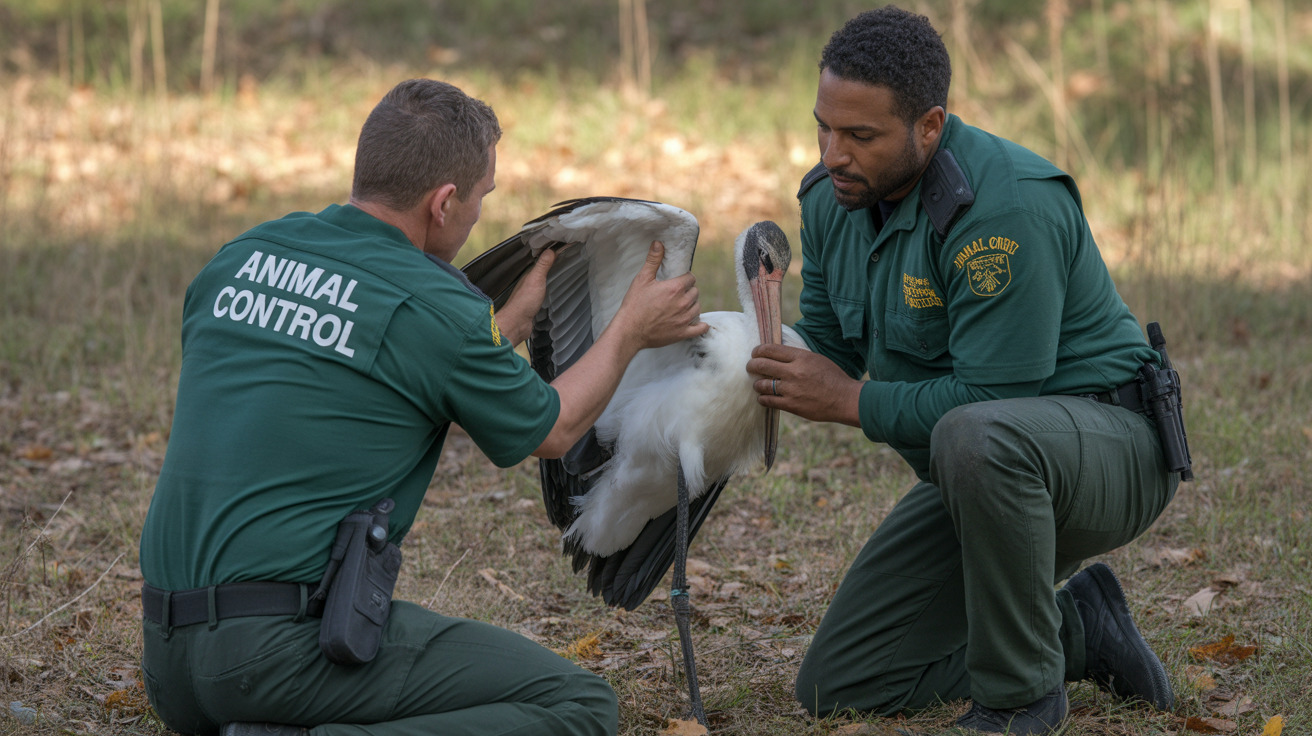Hip dysplasia is a common orthopedic condition affecting many dogs, particularly larger breeds. When conservative treatments aren't enough, surgical intervention becomes necessary to improve your dog's quality of life. This comprehensive guide explores the various surgical options available, their effectiveness, and what to expect during recovery.
Understanding the different surgical approaches is crucial for making informed decisions about your pet's care. From preventative procedures for young puppies to total joint replacement for adult dogs, each surgical option serves specific needs and comes with its own set of considerations.
Types of Hip Dysplasia Surgery Options
Preventative Procedures for Young Dogs
For puppies showing early signs of hip dysplasia, two main preventative surgeries are available:
Juvenile Pubic Symphysiodesis (JPS) is performed on puppies under 5 months old. This minimally invasive procedure helps prevent dysplasia development by modifying how the pelvis grows, leading to better hip joint formation.
Triple Pelvic Osteotomy (TPO) and Double Pelvic Osteotomy (DPO) are recommended for dogs under 10 months. These procedures involve strategic bone cuts to improve hip socket coverage and joint stability.
Corrective Surgeries for Adult Dogs
For mature dogs suffering from hip dysplasia, two primary surgical options exist:
Femoral Head Ostectomy (FHO) involves removing the ball portion of the hip joint, creating a false joint. This option is particularly suitable for smaller dogs or when cost is a limiting factor.
Total Hip Replacement (THR) is considered the gold standard treatment, especially for larger dogs. It involves replacing both the ball and socket with prosthetic components, providing the most natural joint function post-surgery.
The Surgical Process and Recovery Timeline
Hip dysplasia surgery requires careful preparation and follows a structured process. The specific procedure varies based on the chosen surgical technique, but all require general anesthesia and strict post-operative care.
Recovery typically progresses through several phases:
- Initial recovery (1-2 weeks): Focus on pain management and restricted movement
- Early rehabilitation (2-6 weeks): Gentle exercises and controlled activities
- Progressive recovery (6-12 weeks): Increased activity and structured rehabilitation
- Full recovery (3-6 months): Return to normal activities
Post-Surgical Rehabilitation and Care
Rehabilitation plays a crucial role in successful recovery from hip dysplasia surgery. A comprehensive program typically includes:
- Physical therapy exercises
- Hydrotherapy sessions
- Pain management techniques
- Weight management
- Modified activity levels
Working closely with a veterinary rehabilitation specialist ensures optimal recovery and helps prevent complications.
Long-term Outcomes and Management
Most dogs show significant improvement after hip dysplasia surgery, with many returning to normal activity levels. Success rates vary based on:
- The type of surgery performed
- The dog's age and overall health
- Commitment to rehabilitation
- Proper weight management
- Ongoing veterinary care
Frequently Asked Questions
What are the different types of hip dysplasia surgeries for dogs, and how do they differ?
There are four main types: JPS for very young puppies, TPO/DPO for young dogs under 10 months, FHO for smaller dogs, and THR for adult dogs. Each addresses different stages of the condition and has specific eligibility criteria.
How long does it typically take for a dog to recover from hip dysplasia surgery?
Initial recovery takes 2-6 weeks, with full recovery occurring within 3-6 months, depending on the surgery type. Rehabilitation exercises and proper care are essential throughout the recovery period.
What are the costs associated with hip dysplasia surgery in dogs, and are there any ways to reduce these costs?
Costs vary significantly by procedure and location, ranging from $3,000 to $7,000 per hip. Pet insurance, payment plans, and choosing certain procedures like FHO over THR can help manage costs.
How does post-surgical rehabilitation help dogs recover from hip dysplasia surgery?
Rehabilitation helps restore mobility, build muscle strength, improve joint function, and prevent complications. It includes various therapies like hydrotherapy, physical exercises, and pain management techniques.
What factors influence the success of hip dysplasia surgery in dogs?
Success depends on proper patient selection, surgical technique, post-operative care, commitment to rehabilitation, maintaining appropriate weight, and following veterinary recommendations for long-term management.
Understanding these aspects of hip dysplasia surgery can help pet owners make informed decisions about their dog's treatment and ensure the best possible outcome for their beloved companion.






